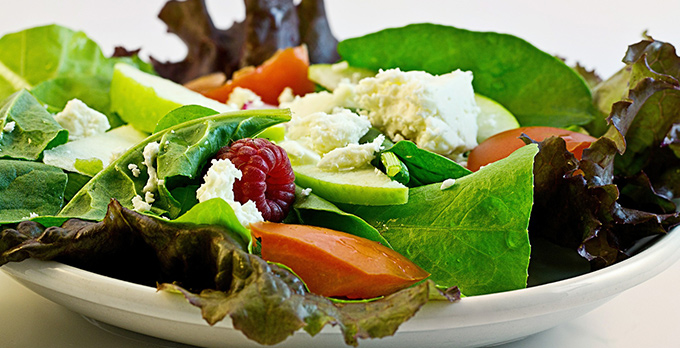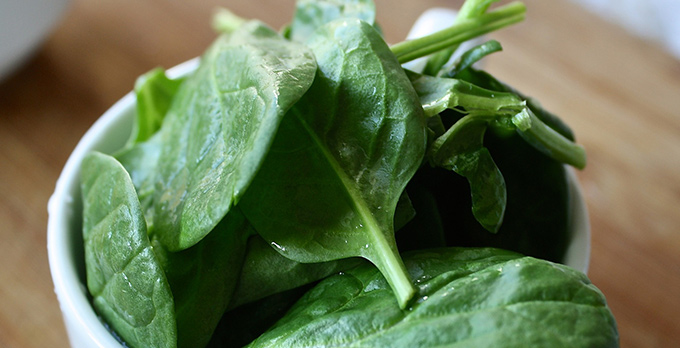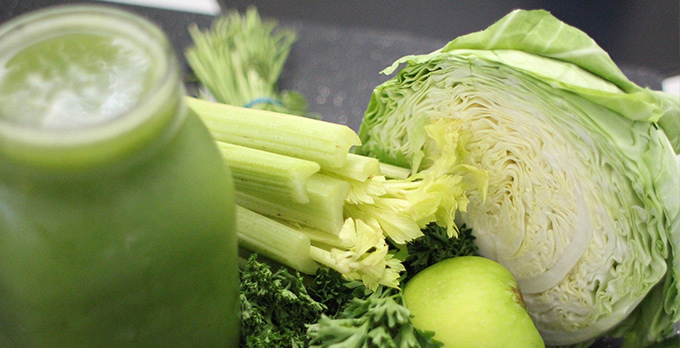What Do Artificial Sweeteners Do To Your Body
-

The reason why low-calorie sugar alternatives, such as the soluble dietary fiber, is a good ingredient for weight loss is the volume of weight-loss sweeteners can reach dozens of times after absorbing water, and there will be a feeling of fullness after eating, which can help obese people fight hunger and have the effect of losing weight.
-

As the artificial sweetener that enters the small intestine from the stomach can hardly be broken down by digestive enzymes and normally continues to move to the lower intestine, the functional sugar can also hinder the digestion of food masses and the absorption of nutrients, which can form high viscosity.
-

Hindering the absorption of neutral fat and cholesterol, the artificial sweetener has a preventive effect on dietary hyperlipidemia. Take the dietary fiber as an example, it can effectively reduce the reabsorption of bile acids, thereby changing the speed of food digestion and the secretion of secretions in the digestive tract.
-

Generally, there are many active genes on the surface of functional sugar like dietary fiber. And these genes can chelate and adsorb organic molecules such as cholesterol and bile acid, thereby inhibiting the body's absorption of them. This is an important reason why functional sugars can affect the metabolism of cholesterol in the body. At the same time, dietary fiber also absorbs toxic substances, chemicals, and toxic drugs in the intestine and promotes their excretion from the body.
Side Effects Of Excessive Sugar Intake
Though the functional sugar series is well-known for its low calorie and stable performance, the excessive intake of these products will still have some side effects, such as diarrhea, bloating, and abdominal pain. The rare side effects are the formation of fibrous fecal stones in the intestines and cause intestinal obstruction, which requires surgical treatment. This should be paid special attention to the elderly or extremely thin patients. Therefore, it should be advocated to gradually increase the intake of artificial sweeteners like dietary fiber.
+86-531-69959201
sales@saigaonutri.com
No 12111,Jingshi Road, Lixia District, Jinan City, Shandong Province. P.R. China

